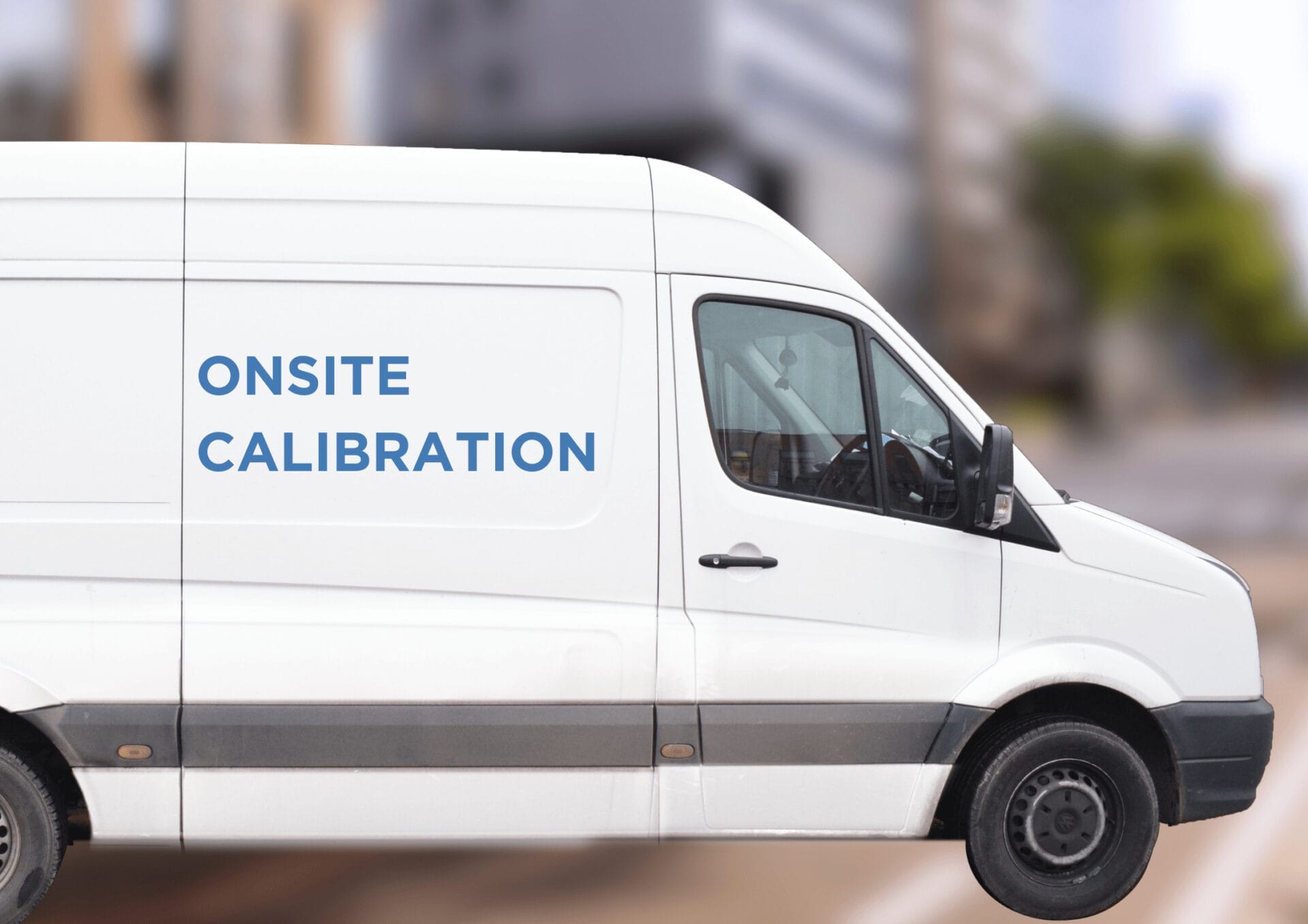Delays and inconveniences can be some of the nightmares that managers and businesses often encounter. Whenever possible, efforts are made to streamline processes, making them more efficient and convenient.
On-site equipment calibration is one of the most efficient solutions that industries use to improve their processes and avoid problems, providing a range of advantages and addressing many concerns and challenges faced by businesses and projects.
Advantages of Onsite Calibration
Addressing Environmental Variability
Environmental factors play a big role in the performance of instruments. Elements such as temperature, humidity, and air pressure can affect the results of measurements. For instance, a study on the automatic and manual calibration of an office building energy model showed that the effectiveness of the calibration methods can differ depending on the environmental conditions. Therefore, on-site calibration provides peace of mind, as the equipment is calibrated in its actual operating environment.
Minimizing Downtime and Lost Productivity
Downtime can have a significant impact on many aspects of a business, including lost productivity, delays, and decreased revenue. Calibration is essential for maintaining the accuracy of equipment and avoiding downtime. On-site calibration can be especially beneficial, as it allows the calibration process to be performed in the actual facility, eliminating the need for shipping and transportation, which can save time and money.
Customized Calibration for Specialized Equipment
One of the great advantages of onsite calibration, compared with offsite calibration, is its flexibility in providing tailored calibration solutions for specialized equipment. The approach depends on the specific needs of the equipment rather than adopting a one-size-fits-all approach. Calibration techniques, such as adjusting calibration methods, introducing compensatory factors, or even developing novel techniques, may be customized to ensure that highly specialized equipment maintains the accuracy required for its intended purpose. Onsite calibration makes it more efficient to achieve this goal.
Ensuring Compliance and Quality
Many industries require compliance with regulatory standards. The process of shipping equipment back and forth can consume a significant amount of time before it becomes certified. On-site calibration of instruments is an effective way to maintain compliance while minimizing disruptions in operations. It helps ensure that calibration is completed on time, and the equipment meets the regulatory requirements for quality.
Cost-efficiency
On-site calibration offers several cumulative benefits that impact the financial side, including reduced downtime, lower transportation costs, and a lower risk of equipment damage.
For example, if you opt for off-site calibration, you may need to partially or fully pause operations, which can create a gap in production and lead to income loss. Additionally, shipping equipment can be expensive and requires measures to protect the device from damage. There is also a risk of damage during shipping, which may require you to purchase new equipment or have it repaired.
How Onsite Calibration Ensures Data Accuracy
Environmental conditions, like temperature, pressure, and humidity, are simulated during onsite calibration to increase precision in data accuracy. In doing so, equipment calibration is done at the site where it is intended to be used. Real-time feedback adequately recognizes and rectifies deviations to produce dependable measurements. This approach guarantees exactness by ensuring that the equipment duplicates the specific environmental conditions present during typical operations. Better calibration control is achieved with onsite calibration, allowing businesses to adjust frequency and type to meet specific needs while reducing equipment downtime. This individuality and speed come from bypassing the requirement to send equipment externally for calibration, ensuring a seamless and rapid production process.
In conclusion, organizations have a proactive and adaptable option with onsite equipment calibration to improve operations and guarantee data accuracy. In addition to addressing environmental variability, it reduces downtime and costs, offers specialized equipment-specific calibration, assures compliance and quality, and encourages cost efficiency. On-site calibration offers superior control over the calibration process by replicating environmental conditions and providing real-time feedback. This strategy simplifies processes, making it a crucial instrument for corporate excellence and efficiency.
In search of a trusted onsite calibration service provider? Get a free quote now.

